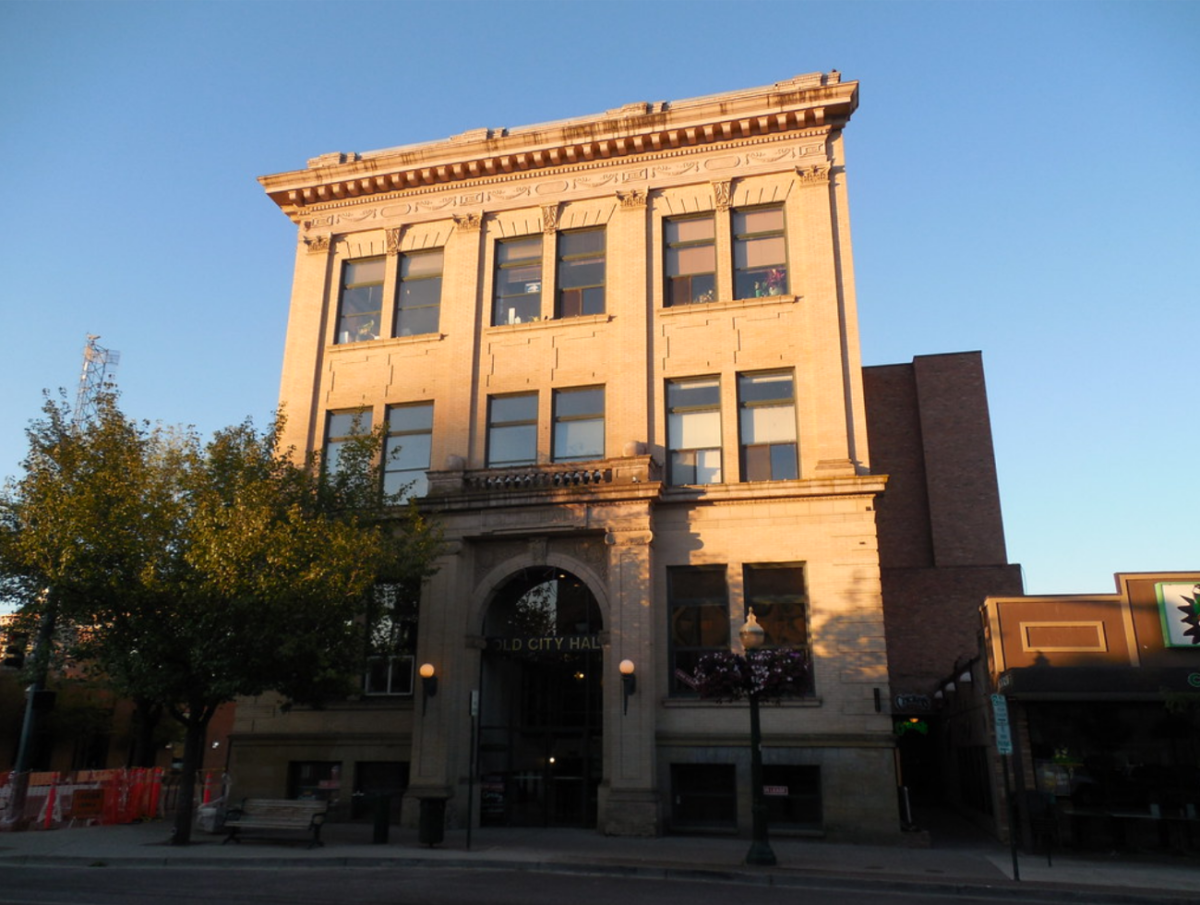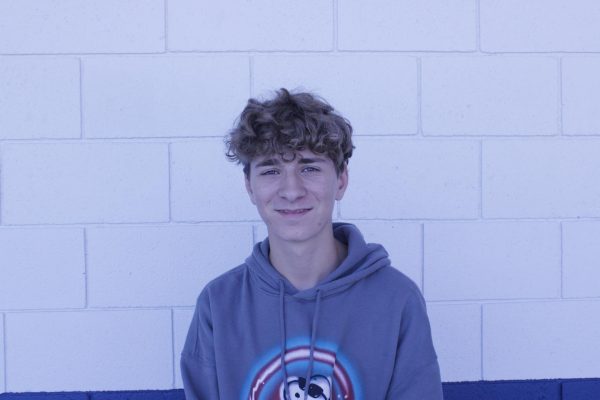One day you might live in a 3D printed home. When you think of 3D printing, you might envision a small robot printing plastic, but some companies have graduated to 3D printing houses. They deposit concrete similarly to a traditional fused deposition modeling (FDM) printer. They deposit concrete onto a foundation in layers until they have completed walls.
These companies print houses for only $4,000 and in a short period of time. Since the houses center around $4,000, mass-producible, single-family homes can be made cheaply and effectively.
One town, Springfield, Missouri, has implemented such housing in a development called Eden Village. Eden Village wants to help fight the basic issues underlying homelessness today. They say “a person who has experienced homelessness has not had their basic fundamental needs met. Once these needs are met, the healing process can begin.” Each house is given to an unsheltered person who has been struggling for more than a year with homelessness and has some sort of substance disorder or disability. With this they will shelter people and reach their goal of having no one sleeping outside.

New Story, a non-profit, is producing these homes. In 24 hours they can print a 600 square foot home for less than $4,000. Using their machine, they have printed houses in Mexico, Haiti, El Salvador, and Bolivia.
According to the Federal Reserve’s “Changes in U.S. Family Finances From 2019 to 2022 Evidence from the Survey of Consumer Finances,” income is higher for homeowners, especially those in MSAs (metropolitan statistical areas). The Census Bureau says that “each metropolitan statistical area must have at least one urban area of 50,000 or more inhabitants.” This means that urban, cheap, 3D printed houses can positively affect people’s lives.
Having such a house can positively impact credit score and income. Having a good credit score means you can get affordable loans and buy a car or start a business and prop your life up. While 3D printing houses is a viable solution for our current housing problems, it has yet to be widely adopted. It remains in the niche of solutions applied for a humanitarian cause, but not widely applied developed countries. It could be used to quickly reshelter victims of wars such as in the war-torn cities on the border of Ukraine. It can be used to rebuild the rubble of Gaza and other devastated areas. We can house the more than 650,000 people who sleep on the streets of our cities every day.
We must embrace new technologies and utilize them to their fullest, with this forward pressing attitude we can push forward the machine of human progress and better the lives of all.

























